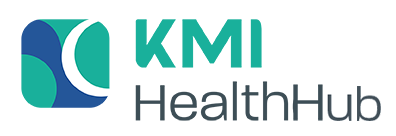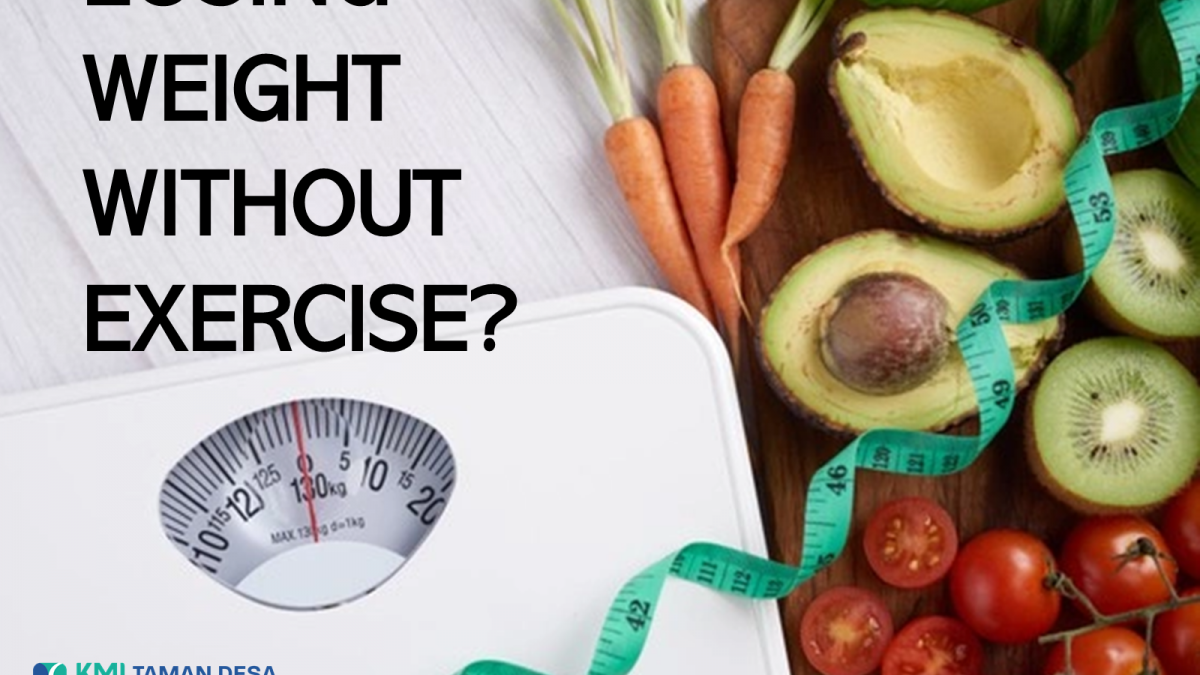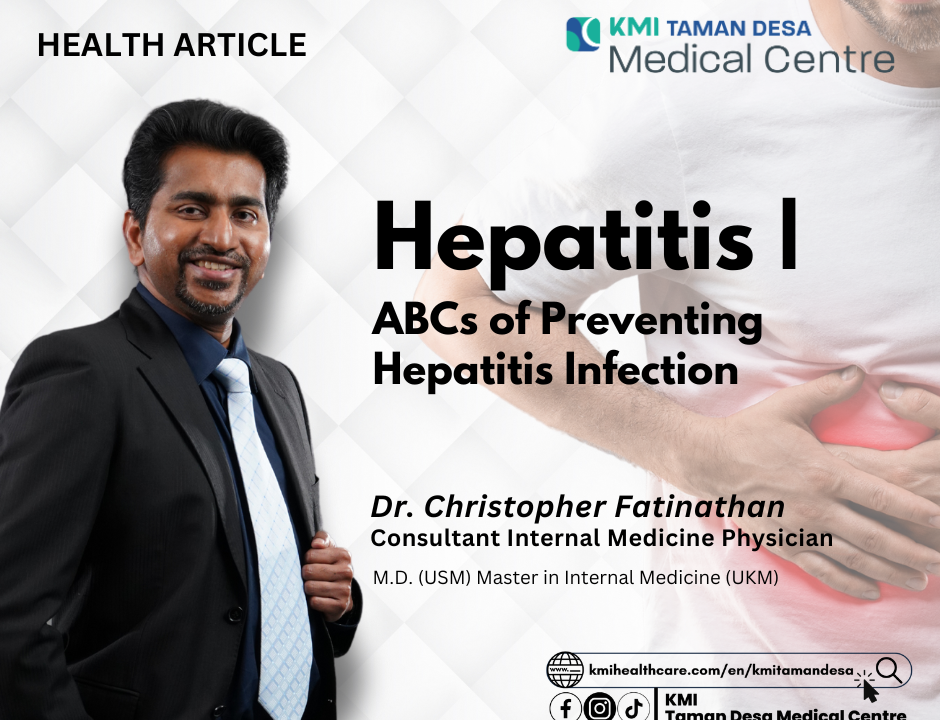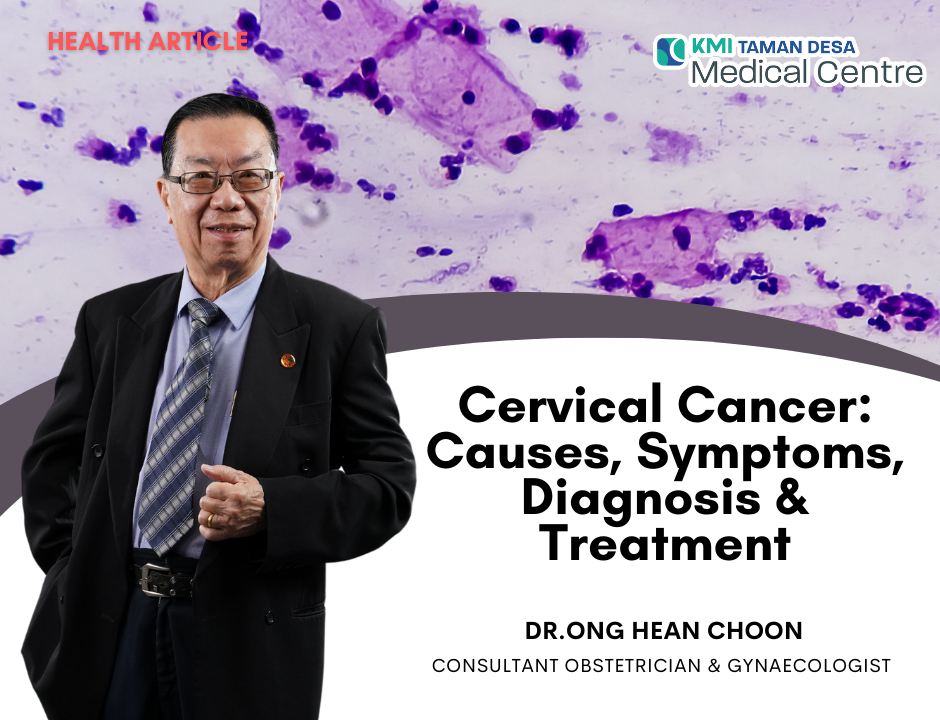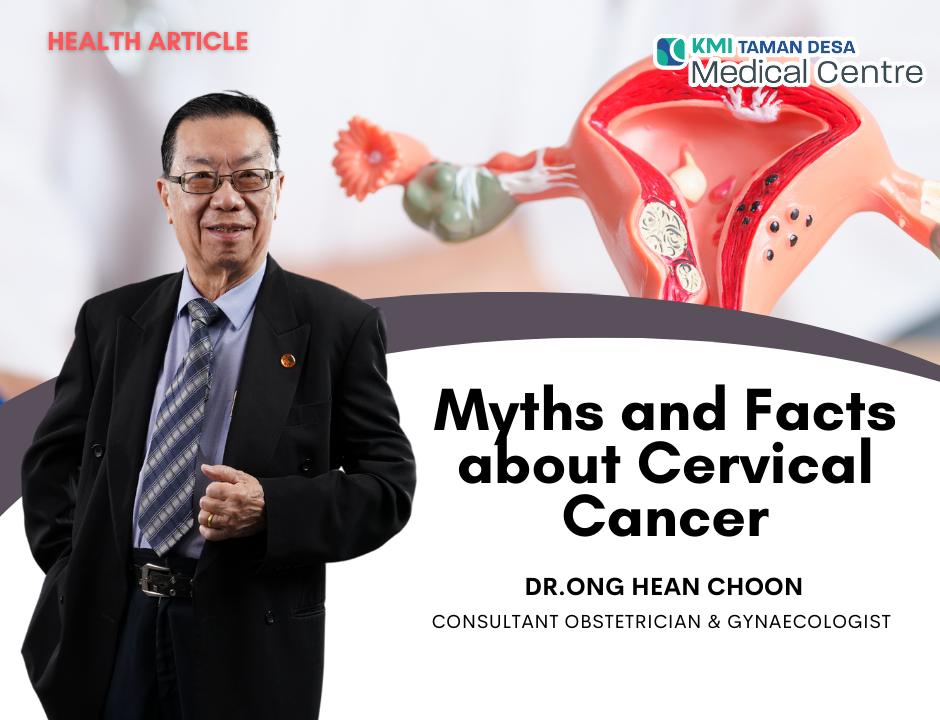[TDMC]- WEIGHT LOSS DIET PLAN

[TDMC] NEUTRALIZING COVID-19 ANTIBODY TEST
2 August 2021
[TDMC]- CAN DIABETES BE REVERSIBLE?
13 October 2021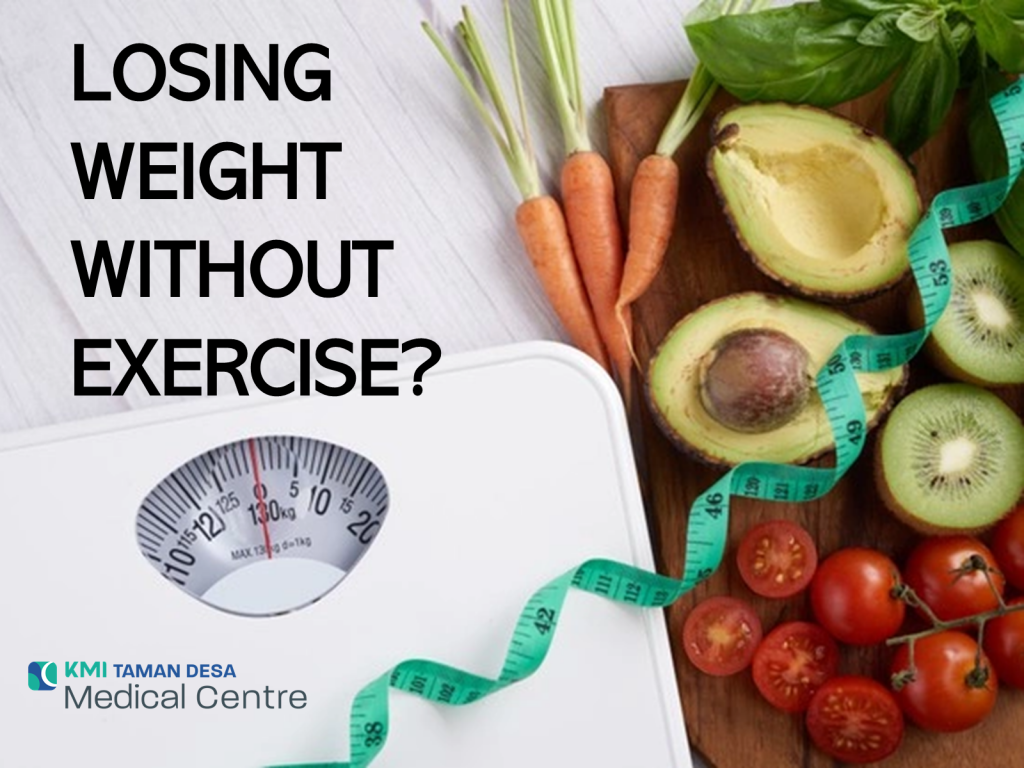
As Covid 19 transforms from a pandemic to an endemic and individuals start going back to work, some issues have become more obvious in regards to one’s health. This is because, during the Covid 19 season when the lockdown was implemented a number of times throughout the year, people were forced to stay at home, do their jobs online, and become more internet friendly. As a result, most individuals were living a sedentary lifestyle in the comforts of their home and the side effect of said sedentary lifestyle is obesity. According to Suthahar 2020, obesity or overweight is categorised by WHO (World Health Organisation) as having a body mass index (BMI) of 25 to 30 or above. Another study showed Sidik and Rampal (2009) that obesity is associated with 5 out of 10 major causes of death and disability in Malaysia. This not only includes heart disease but is also associated with diabetes, cancer, hypertension, and also stroke. It was also mentioned in the article an average of 300,000 die each year in Malaysia because of obesity. Obesity is also a problem that will affect the elderly more than the younger generation in the long run (Suthahar 2020).
In order to combat the associated risk with obesity and to encourage everybody to look after their health more, this article has been written in the hopes that everybody could use either one or more of these methods to lose weight. This article is also everybody-friendly as individuals do not need to undergo any strenuous exercise. Instead, this article has four diet plans that an individual can choose to follow and these diets have each their pros and cons and their suitability for targeted individuals. The diet plans that will be introduced in the article are the Keto diet, the Low Carbs diet, the Protein diet, and last but not least the Liquid diet.
KETO DIET
The first type of diet is the Keto diet. A Keto diet is defined as a strict low carbohydrate and a high-fat diet. It is very popular in the United States because of its very efficient weight loss and also the reduction in carbohydrates as it enables the body to convert the existing fat to carbohydrates as an energy source leading to a state of ketosis (Shaikh, 2020). Following a keto diet means converting the usual porridge with milk and fruit instead of eggs, bacon, and avocado which are high in fat and low in carbohydrates. The pros about this keto diet are that the individual will lose weight very fast and it is suitable for type 2 diabetes obese individuals with the aid of an increased protein intake. Having an increase in protein intake will enable increase satiety despite a low energy intake and sustaining basal energy intake despite body weight loss due to a sparing of free fat mass (Goday, 2016). The cons of this diet are that there is a lot of short-term side effects that may become long-term. The side effects are categorized as the Keto-flu which include symptoms such as light-headedness, dizziness, constipation, and also fatigue. (Bolla, Caretto, Laurenzi, Scavini & Piemonti, 2019).
LOW CARBS
The second type of diet is known as the Low Carbs(carbohydrate) diet (LCD). As the name suggests, this diet method is low on carbohydrates (CHO) as the daily intake of CHO becomes lower than the usual 45% to 50% and diets that are less than 30% of CHO are known as Keto diets. LCD was one of the common 2 methods in the past decade to advocate weight loss, the other being also the Keto diet. LCD was also used as a treatment for type 1 diabetes as insulin was unavailable in the century, however, the food intake using the LCD method was more general in the past decade compared to modern society where food has been separated into carbohydrates, fat, sugar, protein and fiber. (Bolla, Caretto, Laurenzi, Scavini & Piemonti, 2019). LCD method more often than not favors plant-driven protein and fat intake from sources such as vegetables, nuts, peanut butter, and whole-grain bread suggesting that the source of food has an association with CHO intake and mortality. Having a higher dietary fiber food intake has caused a 15 to 30% decrease in all heart problems, type 2 diabetes, colorectal cancer, and mortality from stroke (Bolla, Caretto, Laurenzi, Scavini & Piemonti, 2019). However, LCD also has its weakness. Similar to the Keto diet, Low carb also has short-term symptoms of headache, weakness, constipation, diarrhea, fatigue, and long-term symptoms of hair loss.
PROTEIN DIET
The third type of diet is known as the Protein diet. Protein is an important component of the human body. It is responsible for a lot of the important functions in the body including hormones, enzymes, cell repair, and maintenance. High Protein diets typically involve consuming large quantities of protein and fewer carbohydrates and fat to boost weight loss, improve energy and the individual’s athletic performance. High Proteins have been around for centuries as the common folk in the indigenous Arctic region- where plant life was scarce, lived on mainly marine wildlife and caribou. Maasai Warriors in Kenya lived on animal blood, milk, and meat, and also Native American tribes sustained themselves with mostly buffalo and plants. According to Frey 2021, research has shown that women who are overweight or obese can lose fat while retaining their lean meat if they use this method as diets that are high in protein can help to decrease hunger, increase satiety, boost metabolic rate and also preserve muscle mass. However, the disadvantage is that there is a potential deficit of nutrients such as dietary fiber that is high in carbohydrates. A lack of dietary fiber can cause constipation. Foods that have high fat such as processed meat with fatty cuts are sometimes encouraged which are not healthy as these are high in cholesterol which is associated with heart disease and cancer. People with renal failure shouldn’t follow this diet plan also as the body converts excess glucose to energy which spikes their sugar levels.
LIQUID DIET/FOOD REPLACEMENT DIET
The fourth type of diet is known as the liquid diet or the food replacement diet. This diet recommends replacing actual food with shakes or drinks that possess lesser calories. This diet is useful for athletes or feels hungry in the middle of a sports marathon or for workers who do not have time to prepare their food frequently. This diet was implemented for type 2 diabetes patients who are often found to be obese as these will help to reduce their calories and yet still retaining essential nutrients. However, it is a short-term solution to losing weight. it can be detrimental in the long term as liquid shakes cannot replace the essential nutrients and enzymes that come with eating actual food. Meal replacements can never match the satisfaction that comes from eating actual whole foods, fresh fruits, and vegetables. Further, more meal replacements food may contain harmful allergens, artificial flavors, and sugars that are harmful to our health. It is advised when following a meal replacement diet, the shakes should be accompanied by food that has low starch and possess a good quantity of enzymes.
CONCLUSION
In conclusion, the best type of diet to losing weight is the balanced diet where individuals slowly cut back on carbohydrates and fats and instead increase in protein and fiber gradually. An expert with the name of Kelly Plowe also suggested that a healthier approach is a balanced diet that includes about 50% of calories from carbs, 20% from protein, and 30% from fat.
Proof-read by: Ms. Aina Syairah Abdul Rahman, Dietitian , KMI Taman Desa Medical Centre
References:
- McGrice, M.; Porter, J. The Effect of Low Carbohydrate Diets on Fertility Hormones and Outcomes in Overweight and Obese Women: A Systematic Review. Nutrients 2017, 9, 204. Retrieved from https://doi.org/10.3390/nu9030204
- Bolla, A.M.; Caretto, A.; Laurenzi, A.; Scavini, M.; Piemonti, L. Low-Carb and Ketogenic Diets in Type 1 and Type 2 Diabetes. Nutrients 2019, 11, 962. Retrieved from https://doi.org/10.3390/nu11050962
- Franklin, G. A., McClave, S. A., Hurt, R. T., Lowen, C. C., Stout, A. E., Stogner, L. L., Priest, N. L., Haffner, M. E., Deibel, K. R., Bose, D. L., Blandford, B. S., Hermann, T., & Anderson, M. E. (2011). Physician-Delivered Malnutrition. Journal of Parenteral and Enteral Nutrition, 35(3), 337-342. Retrieved from https://doi.org/10.1177/0148607110374060
- Treyzon, L., Chen, S., Hong, K., Yan, E., Carpenter, C. L., Thames, G., Bowerman, S., Wang, H.-J., Elashoff, R., & Li, Z. (2008). A controlled trial of protein enrichment of meal replacements for weight reduction with retention of lean body mass. Nutrition Journal, 7(1). Retrieved from https://doi.org/10.1186/1475-2891-7-23
- Craig, J. (2013). Meal Replacement Shakes and Nutrition Bars: Do They Help Individuals With Diabetes Lose Weight? Diabetes Spectrum, 26(3), 179-182. Retrieved from https://doi.org/10.2337/diaspect.26.3.179
- Frey, M. (2021). What is a High Protein Diet? verywellfit.com. Retrieved from High-Protein Diet: Pros, Cons, and What You Can Eat (verywellfit.com)
- Bolla, A. M., Caretto, A., Laurenzi, A., Scavini, M., & Piemonti, L. (2019). Low-Carb and Ketogenic Diets in Type 1 and Type 2 Diabetes. Nutrients, 11(5), 962. Retrieved from https://doi.org/10.3390/nu11050962
- Rampal, L., Rampal, S., Khor, G. L., Zain, A. M., Ooyub, S. B., Rahmat, R. B., Ghani, S. N., & Krishnan, J. (2007). A national study on the prevalence of obesity among 16,127 . Retrieved October 6, 2021, retrieved from http://apjcn.nhri.org.tw/server/APJCN/16/3/561.pdf
- Clarke, C. (2021, October 4). The Side Effects of a Low Carb Diet – Ruled Me. The Side Effects of a Low Carb Diet. Retrieved October 6, 2021, retrieved from https://www.ruled.me/side-effects-low-carb-diet/
- Sidik, S. M., & Rampal, L. (2009, April 9). The prevalence and factors associated with obesity among adult. Retrieved October 6, 2021, Retrieved from https://www.ncbi.nlm.nih.gov/pmc/articles/PMC2674032/
- Ariaratnam, S., Rodzlan Hasani, W. S., Krishnapillai, A. D., Abd Hamid, H. A., Jane Ling, M. Y., Ho, B. K., Shariff Ghazali, S., Tohit, N. M., & Mohd Yusoff, M. F. (2020). Prevalence of obesity and its associated risk factors among the elderly in Malaysia: Findings from The National Health and Morbidity Survey (NHMS) 2015. PLOS ONE, 15(9). Retrieved from https://doi.org/10.1371/journal.pone.0238566
- Goday, A., Bellido, D., Sajoux, I., Crujeiras, A. B., Burguera, B., García-Luna, P. P., Oleaga, A., Moreno, B., & Casanueva, F. F. (2016). Short-term safety, tolerability and efficacy of a very low-calorie-ketogenic diet interventional weight loss program versus hypocaloric diet in patients with type 2 diabetes mellitus. Nutrition & Diabetes, 6(9). Retrieved from https://doi.org/10.1038/nutd.2016.36
- Shaikh, S., Mohamed, M. M., Mujeeb, A., Shaikh, F., & Harris, B. (2020). Euglycemic Diabetic Ketoacidosis Precipitated by a Keto Diet: Importance of Dietary History in Diagnosis. Cureus. Retrieved from https://doi.org/10.7759/cureus.10199
- Tuck, C. J., & Staudacher, H. M. (2019). The keto diet and the gut: Cause for concern? The Lancet Gastroenterology & Hepatology, 4(12), 908-909. https://doi.org/10.1016/s2468-1253(19)30353-x
- Spritzler, F. (2017, May 23). A High-Protein Diet Plan to Lose Weight and Improve Health. Retrieved October 6, 2021, from https://www.healthline.com/nutrition/high-protein-diet-plan
- Roberts, C. (2020, June 9). Meal replacement shakes: Can they help you lose weight, and who. Retrieved October 6, 2021, from: https://www.cnet.com/health/nutrition/meal-replacement-shakes-lose-weight-and-who-should-use-them/
- M, D. S. (2021, September 16). Are Meal Replacement Shakes Good for Weight Loss? Weight . Retrieved October 6, 2021, from https://www.medicinenet.com/are_meal_replacement_shakes_good_for_weight_loss/article.htm
